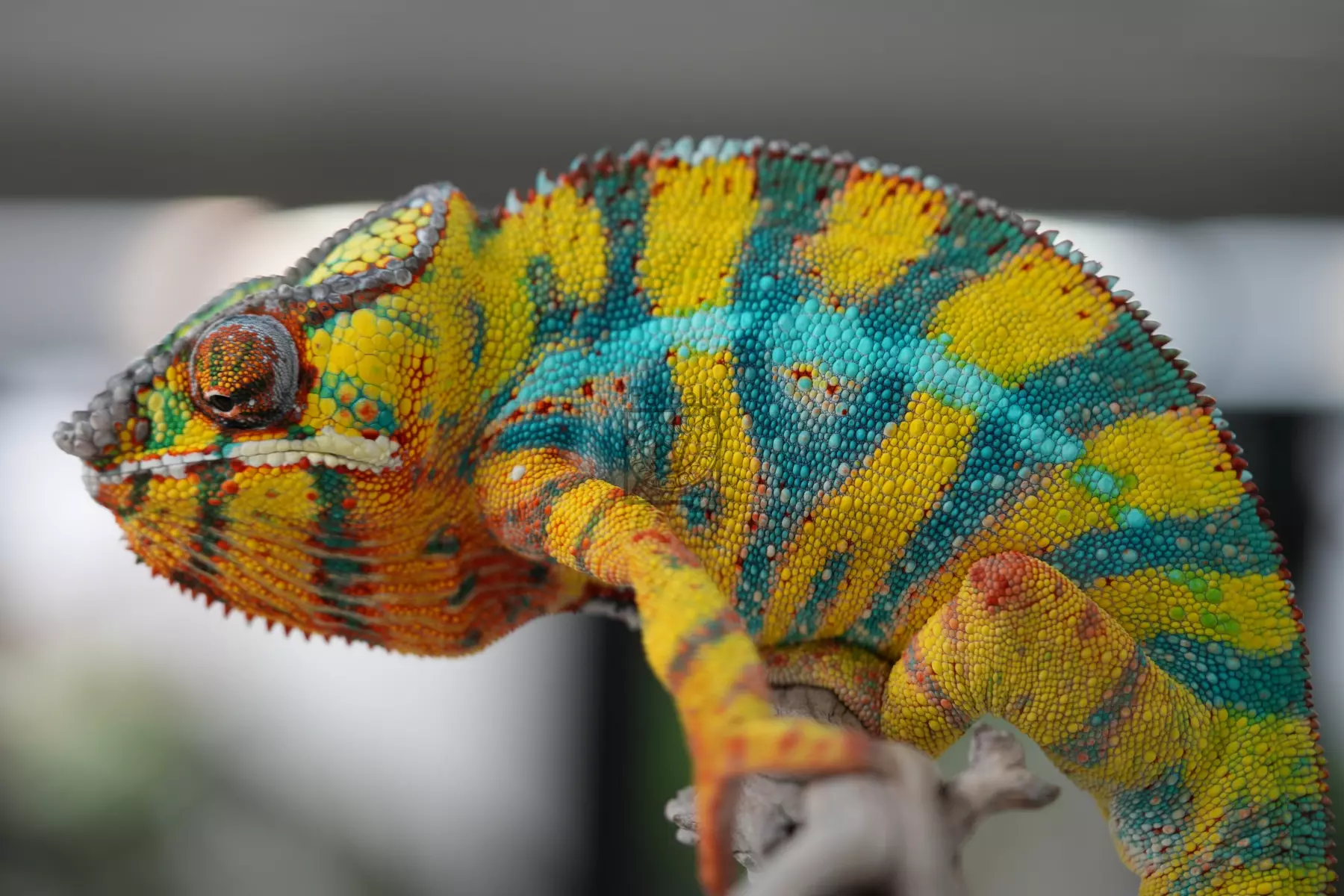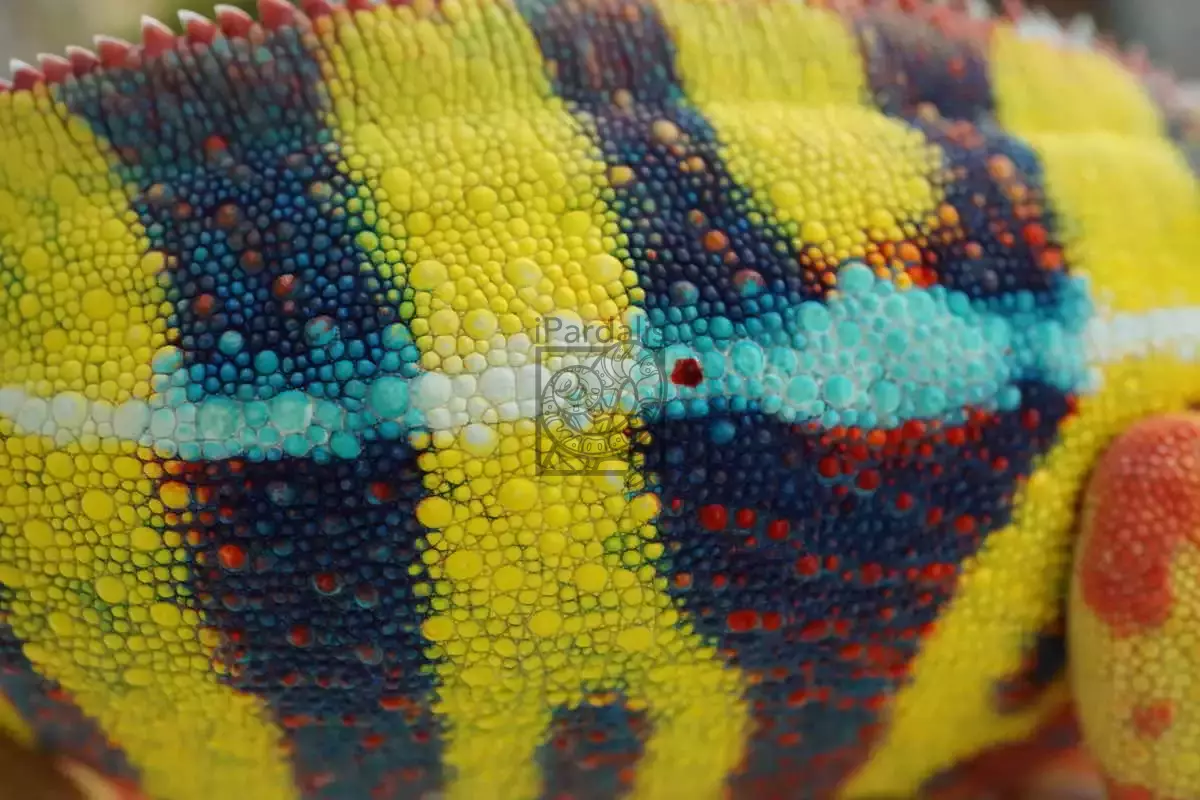July 5, 2020
Enclosure
I tend to use indoor 24"x24"x48" screen enclosures for males, and 18"x18"x36" screen enclosures for females. I add horizontal and vertical boards to the frame which can support 3 levels of horizontal perching branches as well as hold up plants. In the base of the enclosure, I put 12" of bioactive space with drainage, soil barrier, abg mix, spag moss and leaf litter. For microfauna, I use springtails and isopods some red wrigglers and lesser mealworms. I throw BSFL and other fly larvae in there to provide a supplemental food source as well as break down material that the others leave behind.
Lighting
For lighting, I use Arcadia dome lights with 50-75 watt halogens, ProT5 uvb fixtures w/ 6% arcadia bulbs, and a full spectrum plant LED like the Jungle Dawn strip. The basking distance I use is 6"-8" from the uvb, but I measure the level with a solarmeter to ensure that their uvb levels are around 3. Basking temps that I’m shooting for are 86-88 degrees for males and 83-85 degrees for females.
Food
For food, I provide a variety of food with crickets being the staple. I have multiple species of roaches that I feed at least weekly. Hornworms and silkworms are a monthly treat and various fly species as mentioned. I gut load my crickets and roaches with Cricket Crack as their dry feed and a combination of veggies with high calcium greens like collards being a staple wet gut load. I use Earthpro-A and Earthpro-mg by the book without any other multivitamin. That way, if I see something that looks like a supplementation issue in any of my chams, I know it is not because they are getting too much. I don’t give them any, so the solution is simple. I give them some Repashy Calcium Plus LoD to see if it clears up the issue. This mostly happens with females that have just laid and has never been required for any of my males.



